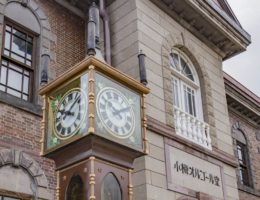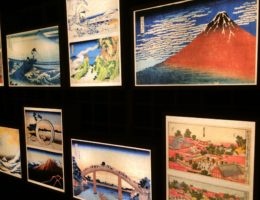Minna no Nihongo Lesson 11: how to say years, months, weeks and days
It is difficult and complicated for Japanese learners to count the numbers. Especially, Counting days is very difficult. You just add 間 kan as “for ~” if you want to express the length of term.
I’m going to teach you how to pronounce various counting ways and nuances like a 7 年 shichinen or nananen.
And you can learn key sentences, vocabulary words and focus expressions and challenge quizzes here.
・どれくらい 日本語を 勉強していますか。
・3時間 勉強します。
・1週間に 何回 学校に 行きますか。
・私は 三日間 ずっと病気です。










